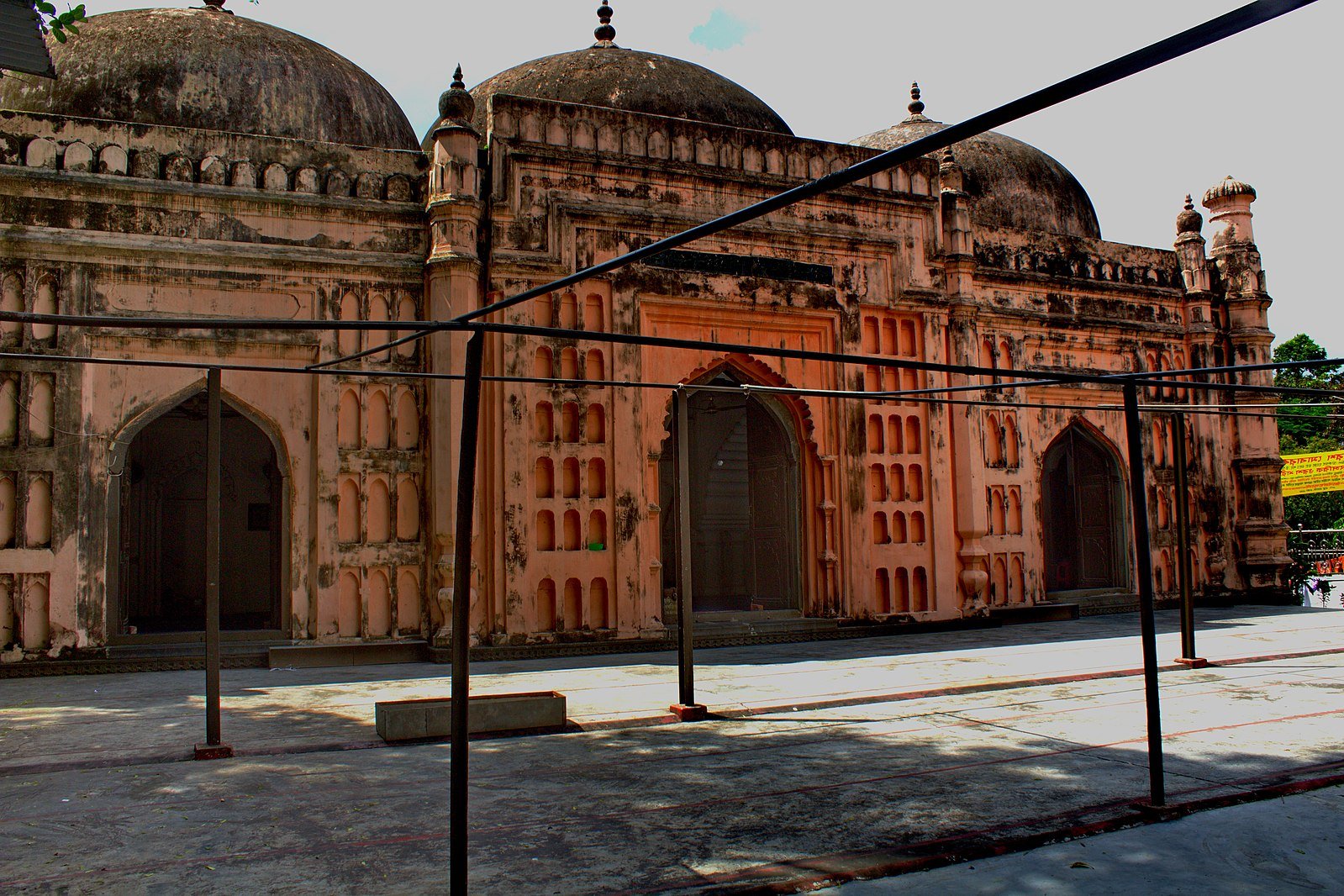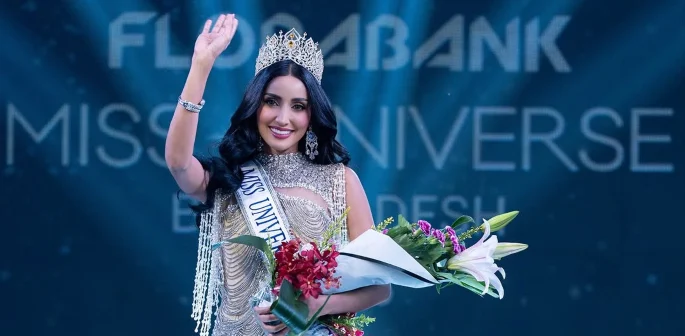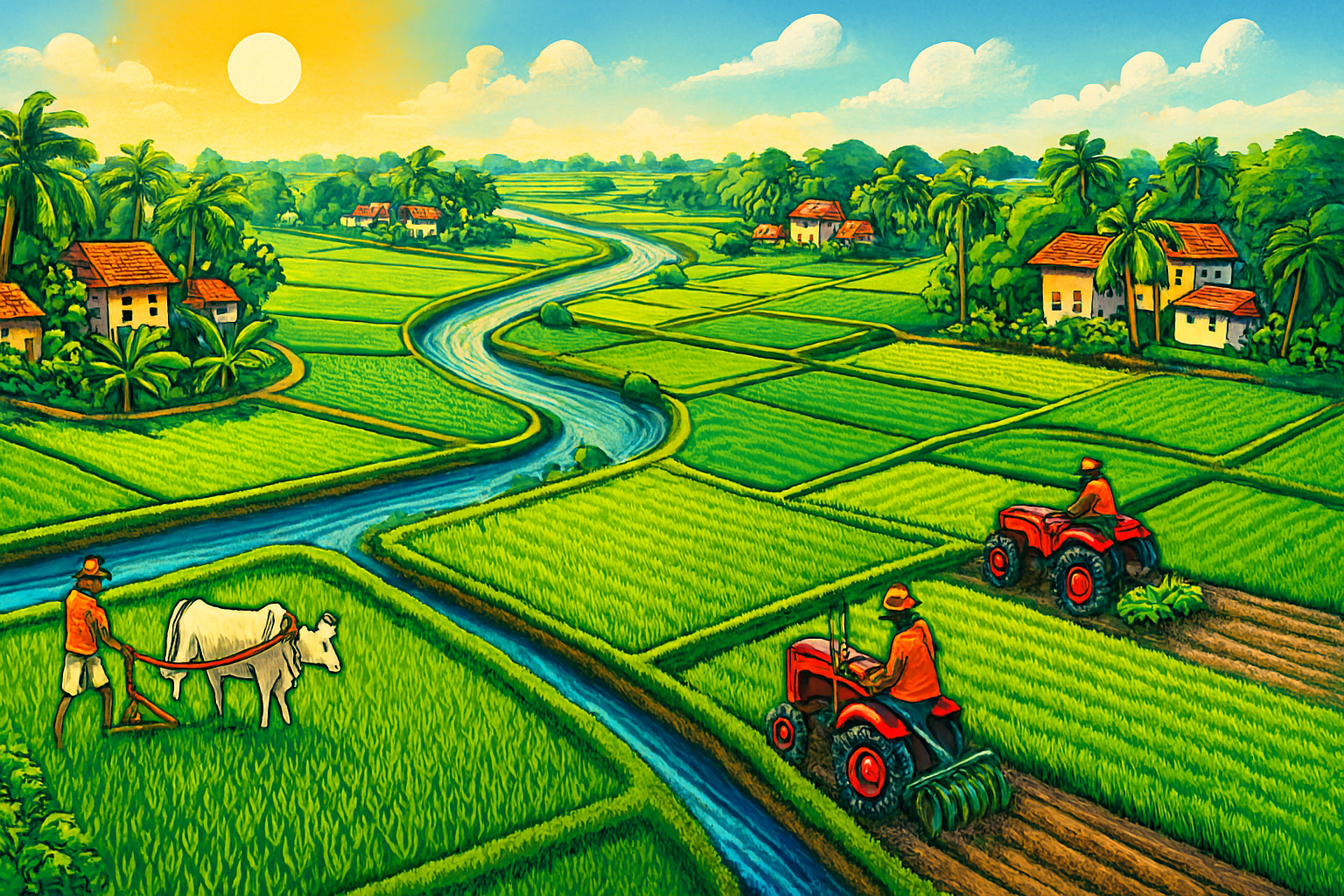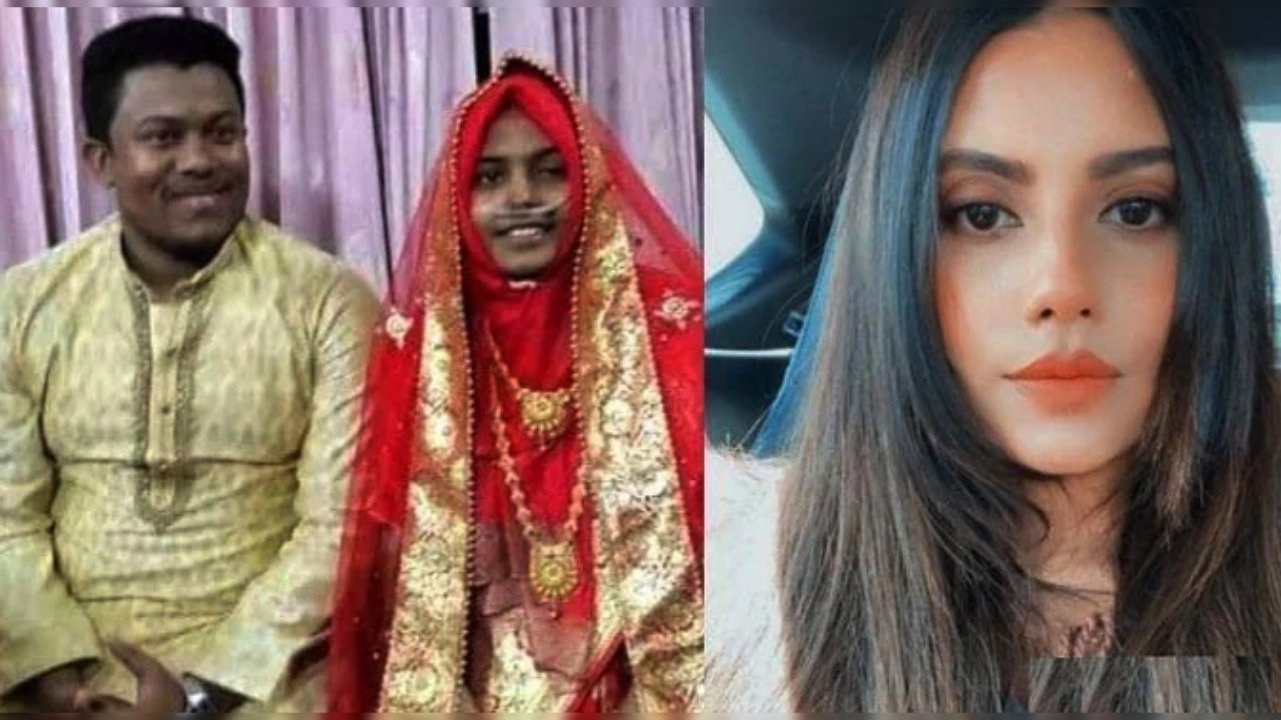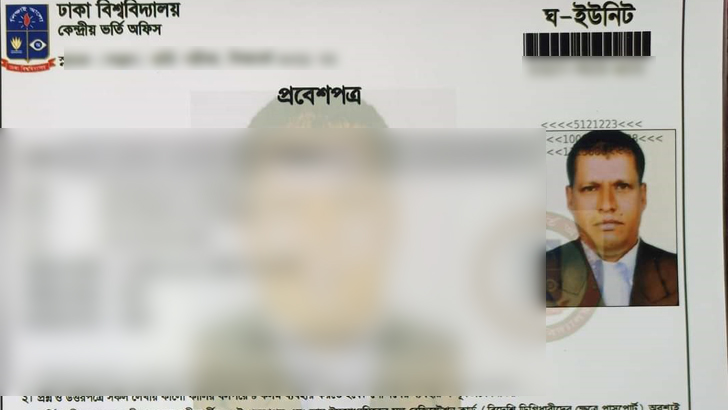The Unfinished Olympic Dream of Bangladesh
When it comes to the Bangladesh in Olympics story, the journey is long, emotional, and unfinished. Since the country’s first participation in the 1984 Los Angeles Olympic Games, Bangladesh has sent athletes to every Summer Olympics. Yet, despite decades of participation, not a single Olympic medal has been won.
This raises the question: why does a nation of over 170 million people still wait for its first Olympic glory? Countries with far fewer resources have succeeded, while Bangladesh continues to struggle.
According to data from the International Olympic Committee (IOC) and Olympics.com, Bangladesh remains one of the few nations in the world with no Olympic medals despite regular appearances. This issue deserves attention not only from sports enthusiasts but also from policymakers, as it reflects deeper challenges in national sports development.
Bangladesh’s Olympic Journey: A Brief History
Bangladesh made its Olympic debut in 1984 with a small delegation of athletes competing in athletics, swimming, and shooting. Since then, the country has participated in 10 consecutive Summer Olympics, sending athletes in sports such as track and field, shooting, archery, and weightlifting.
In the early years, participation itself was viewed as an achievement. However, over time, expectations grew. As neighboring countries like India and Pakistan began to win medals, Bangladesh’s lack of progress became more apparent.
Over the last 25 years, Bangladeshi athletes have represented the nation at every Olympic Games, including Sydney 2000, Athens 2004, Beijing 2008, London 2012, Rio 2016, and Tokyo 2020. Yet, the results remain the same, early eliminations and no podium finishes.
The Bangladesh Olympic Association (BOA) continues to send athletes mostly through wildcard entries, as most fail to meet international qualifying standards. This system allows developing countries to participate but limits their competitiveness.
For a complete record of Bangladesh’s Olympic participation, readers can visit the Bangladesh Olympic Association’s official site or review data from Sports Reference Olympic Stats.
The Current State: Bangladesh in the Last 25 Years
In the past two and a half decades, Bangladesh’s Olympic performances have remained largely unchanged. While athletes show passion and effort, they often lack the resources and facilities necessary to compete at the elite level.
Shooting: The Closest to Glory
Bangladesh’s most promising performances have come from shooting. In Rio 2016 and Tokyo 2020, shooters like Abdullah Hel Baki and Saiful Islam Doly came close to qualifying for the finals but fell short by small margins. Baki ranked 7th in the qualification round of the 10m air rifle event in Rio, a performance that gave Bangladesh hope for the future.
Archery: A Growing Strength
Archery has become another area of potential. With international support from the World Archery Federation and local training centers, Bangladesh now has rising stars like Roman Sana, who made global headlines after winning bronze at the 2019 World Archery Championships. He also competed in the Tokyo 2020 Olympics, though he did not reach the podium.
Roman Sana’s success proves that Bangladesh has talent, but it needs stronger systems and investment to convert that potential into Olympic-level performance.
Why Bangladesh Struggles in the Olympics
Several factors explain why the Bangladesh in Olympics dream remains unfulfilled.
1. Lack of Infrastructure and Facilities
The biggest barrier is inadequate sports infrastructure. Elite athletes in most sports lack access to international-standard facilities. Training centers in Dhaka, Chattogram, and other cities are outdated, and most districts lack modern equipment or coaching expertise.
In contrast, countries like Japan, China, and South Korea invest heavily in Olympic infrastructure decades ahead of each event. Even smaller nations like Jamaica developed specialized sprinting academies to nurture athletes from a young age.
2. Limited Government Funding
The National Sports Council (NSC) allocates funds for training, but the amounts are minimal compared to global standards. A 2024 report by the Ministry of Youth and Sports showed that less than 0.05 percent of the national budget is spent on sports development.
Without financial support, athletes often have to manage their own expenses, limiting their ability to train full-time.
3. Lack of Professional Coaching and Talent Identification
Bangladesh lacks a structured pipeline for identifying and developing young talent. Schools and universities have limited sports programs, and very few offer scholarships for athletes.
Most national-level coaches are locally trained, while elite athletes require international-level coaching to compete with global players. The absence of long-term mentorship programs makes it difficult to nurture consistency.
4. Insufficient International Exposure
Elite athletes need exposure to international tournaments to gain experience. Bangladeshi athletes rarely compete abroad due to cost and logistical challenges. As a result, they face stronger opponents at the Olympics without prior competitive preparation.
Countries like Kenya and Ethiopia, despite limited resources, consistently send athletes to international meets throughout the year, building confidence and skill.
5. Weak Sports Governance and Planning
The Bangladesh Olympic Association and related federations often face criticism for poor management and lack of accountability. Political influence in sports governance also undermines professionalism.
Athletes have repeatedly complained about poor selection processes, irregular stipends, and delayed payments. These issues discourage young talents from pursuing sports as a career.
Comparing Bangladesh with Other Developing Countries
To understand Bangladesh’s Olympic struggles, it helps to compare it with other developing nations that have found success.
For example, Kenya and Ethiopia excel in long-distance running due to systematic talent scouting and rural training centers. Cuba invests heavily in boxing, winning hundreds of medals since the 1970s. Even Nepal and Bhutan, with smaller populations, have developed strong foundations in archery and taekwondo.
The difference lies in structured investment, athlete education, and international partnerships. Bangladesh has yet to establish such systems on a national scale.
According to the United Nations Development Programme (UNDP), countries that integrate sports into education and community programs tend to perform better internationally. Bangladesh can learn from these examples to create a sports ecosystem that nurtures champions.
The Role of Private Sector and Sponsorships
Private investment in sports is slowly increasing. Brands like Grameenphone, Bashundhara Group, and Banglalink have sponsored sports events, but most funding still goes toward cricket.
Olympic sports receive limited attention due to low media coverage and return on investment. Encouraging corporate sponsorships in athletics, shooting, and archery could change this trend.
Additionally, initiatives such as the Bangladesh Sports Education Institute and collaborations with World Archery and IOC Solidarity Programmes have started to show promise. However, these efforts need consistency and nationwide support to make a lasting impact.
What Bangladesh Can Do to Change Its Olympic Future
The road to Olympic success requires a long-term vision. Here’s what Bangladesh can focus on:
- Build world-class training facilities in Sylhet, Dhaka, and Chattogram.
- Increase sports budget allocation and create athlete welfare programs.
- Introduce talent scouting programs in schools and rural areas.
- Hire international coaches and support local coach development.
- Encourage corporate partnerships and private sector involvement.
- Prioritize women’s sports to unlock new potential talent pools.
If implemented effectively, these steps could make a significant difference in the next decade.
For detailed insights, readers can check reports from the Bangladesh Olympic Association, International Olympic Committee, and UNDP Sports for Development Program.
A Dream Deferred, Not Defeated
The story of Bangladesh in Olympics is not one of failure but of potential waiting to be realized. Despite challenges, there are glimpses of hope in athletes like Roman Sana and Abdullah Hel Baki.
Bangladesh’s Olympic dream may still be distant, but it is not impossible. With better planning, investment, and passion, the red and green flag could one day rise proudly on the Olympic podium.
For now, Bangladesh must focus on building systems that support athletes from the grassroots to the global stage. The road is long, but every step forward brings the dream closer.
